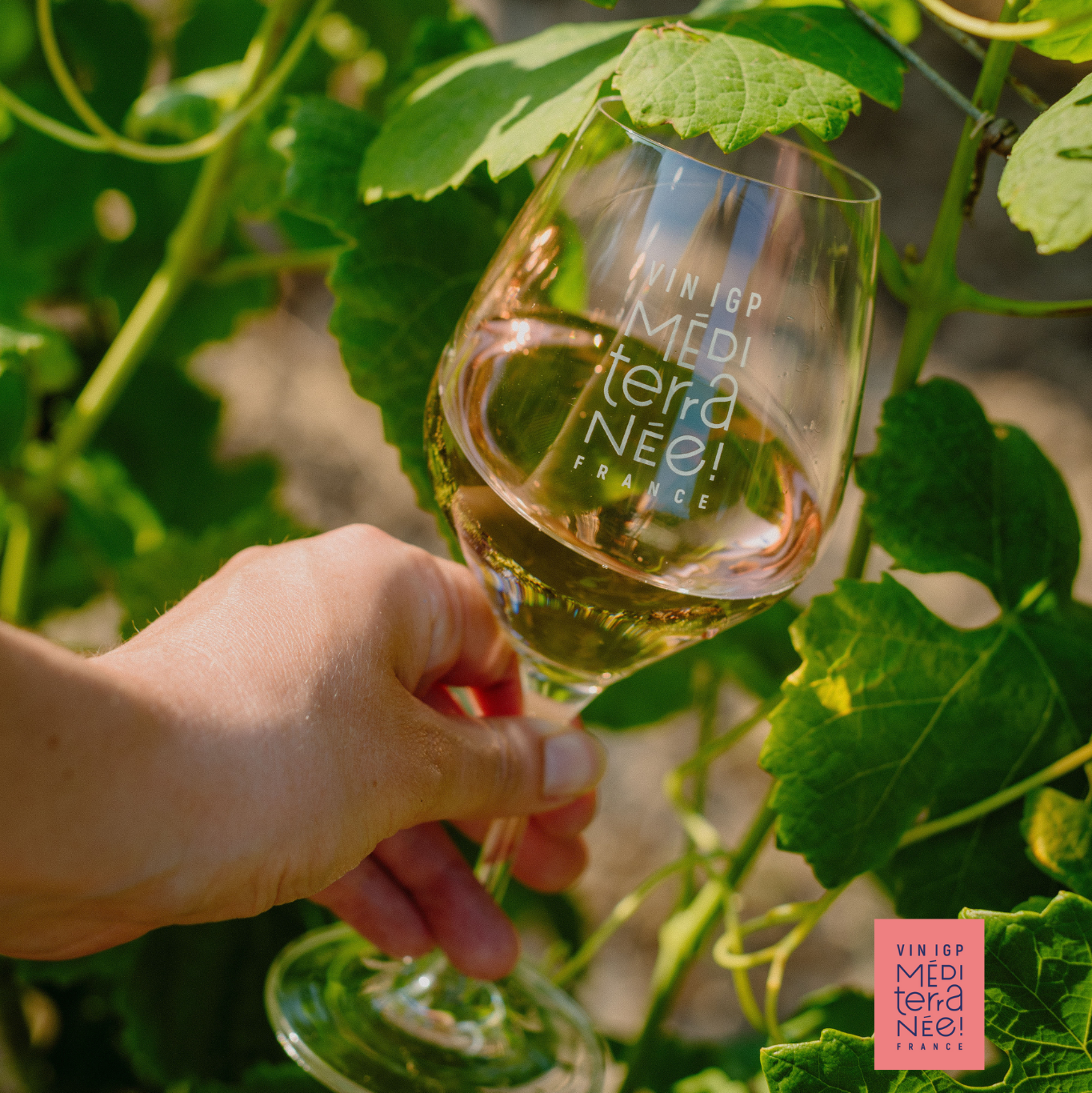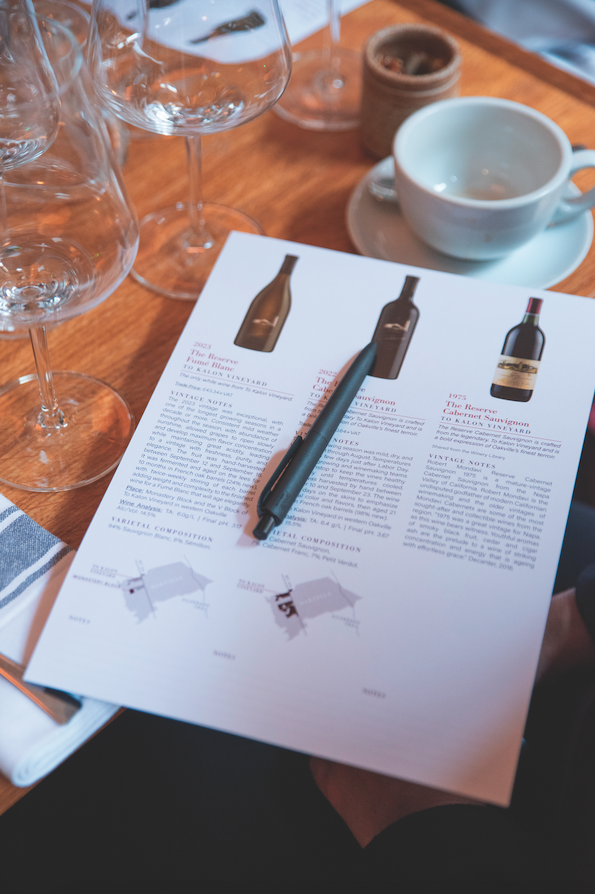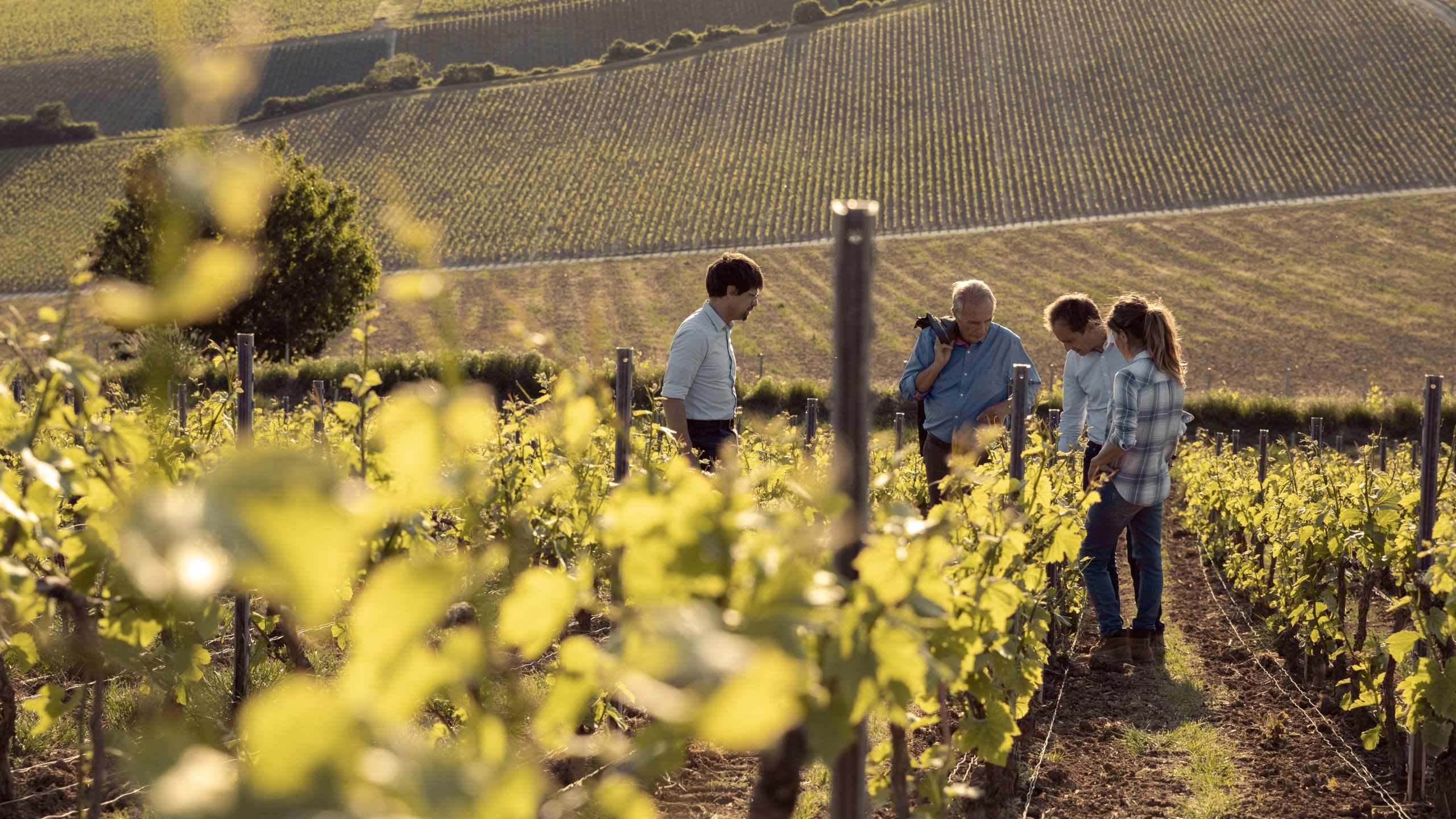Rediscovering Argentina’s old vines
Argentina is home to many viticultural riches but its wealth of old vineyards, many of which date over 100 years, is perhaps its most treasured.
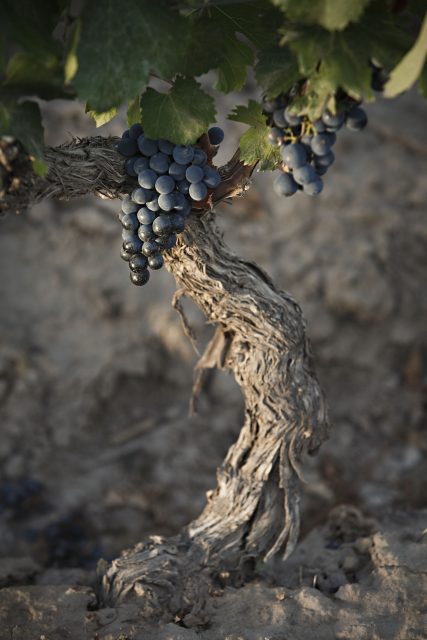
Around a third of all Argentine vineyards are at least 40 years old, with many over 100 years, according to the Observatorio Vitivinícola Argentino. What sets Argentina’s old vines apart is that they are ungrafted and from massal selected vines, rather than clonal material. They don’t bear the burden of phylloxera, so offer a genetic composition that other wine producing countries simply cannot replicate.
“3,800ha of Argentine vineyards are older than 80 years old, and 13,000ha between 60 and 80 years of age. It’s quite an achievement for a wine country,” says Madeleine Stenwreth, Master of Wine and an Argentine wine consultant. Some 43,000ha are aged 40-60 years old – around 20% of total plantings.
“This is unique in a global context,” Stenwreth stresses. “However not many producers are using this when communicating their USP. There is much more talk about altitude and calcium carbonate rich soils. It almost feels like they take for granted that they have such a treasure trove of old vines.”
Why are old vines so special?
Old vines have had decades to adapt to their climate, allowing a vine to produce grapes that consistently ripen to produce more concentrated and intense flavours, with the quality increasing year-on-year, despite yields decreasing.
“I am totally convinced that old vines that have stood the test of time have earned the opportunity to actually become old,” adds Stenwreth. “They naturally become less productive with age, so the quality of fruit must have been good enough for the grower to have kept the vines in the ground.”
There is no legal requirement as to what constitutes an old vine in Argentina, but it’s widely agreed that terms like old vines, old vineyards, viñas viejas or vieilles vignes apply to wines made from vines that are at least half a century old.
“Highlighting vine age brings an important aspect of a wine’s heritage into the picture,” adds Stenwreth. “Respecting heritage is more important than ever, especially given the historic loss of vineyards due to trends that come and go. Once these treasures are uprooted, there is no return.”
‘There is so much greatness to be found in Lujan de Cuyo’
Most of Argentina’s old vines are concentrated in Mendoza, the epicentre of historic wine production, specifically Luján de Cuyo. Here, an abundance of low trellised vineyards planted in the 1920’s can be found.
“It has been too easy to forget these more traditional areas amid the hype of the higher altitude vineyards further south in Uco Valley,” says Stenwreth. “Producers, as much as sommeliers and international communicators, must remind themselves to not only highlight the ‘new kids on the block’ in the hyped ‘new’ regions. There is so much greatness to be found in Lujan de Cuyo.”
Lagarde is one of the most historic of producers in Mendoza, using grapes from 115-year-old vines at its Finca Drummond vineyard in Mayor Drummond, making Malbec and Cabernet Sauvignon under its Primeras Viñas label.
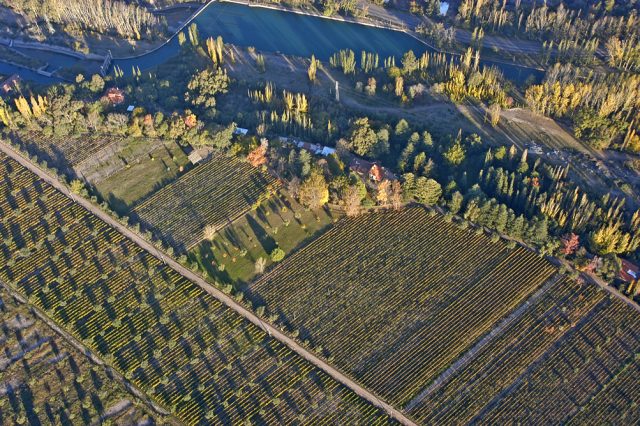
Vistalba is one of Luján de Cuyo’s most historic sub regions, home to some of Argentina’s oldest vineyards.
Trivento produces its Eolo Malbec here from select parcels sourced from a vineyard planted in 1912. De Ángeles produces a range of Malbec from select parcels planted in 1924, while Kaiken’s MAI label is made with grapes grown from a 125-year-old vineyard.
Nieto Senetiner’s Don Nicanor Single Vineyard Finca Villa Blanca Malbec is made from vines planted in 1900. While Bodega Norton makes a single vineyard Malbec – Lote Agrelo – from 98-year-old vines.
Trapiche’s winemaker Daniel Pi, a driving force behind Argentina’s quest for single vineyard Malbec, works with local producers such as the Coletto family in the Uco Valley, to produce old vine wines. This has resulted in two single vineyard Malbecs: Trapiche Terroir Series Coletto Malbec grown from 60-year-old vines; and Trapiche Terroir Series Orellana, made from a 70-year-old, high altitude vineyard.
Catena’s Angelica vineyard meanwhile was planted in 1930 to Malbec and Cabernet Sauvignon in Maipu, Mendoza, and has played a huge role preserving genetic material for future generations as part of a wider plantation programme.
“In the last few years we have been exposed to beautiful wines made by a young and dynamic generation of winemakers such as the Michelini brothers and German Massera, as well as highly experienced winemakers such as Roberto de la Mota,” adds Stenwreth.
Winemaker Roberto de la Mota, of Mendel, produces Malbec from vineyards planted in 1928, as well as a Semillon from 70 to 80-year-old ungrafted vines from three different sub-regions of the Uco Valley: Altamira, La Consulta and San Carlos.
A band of winemakers that includes Matias Riccitelli (República del Malbec), Cheval des Andes, Luigi Bosca (Finca los Nobles) and Durigutti Family Winemakers (Proyecto Las Compuertas) are also working to protect vineyards planted in 1927 in Las Compuertas, in the upper reaches of Lujan de Cuyo.
Uco Valley
The Uco Valley is known for its modern approach to winemaking, but here too a wealth of historic vineyards can be found, and at great altitude too.
Partner Content
Pamela Alfonso, winemaker at Alta Vista, makes a trio of single vineyard wines from vineyards that are 70+ years old in Las Compuertas and El Cepillo in the Uco Valley, and a third from Agrelo in Mendoza. “Our vineyards are unique because they have had more than 100 years to adapt to their terroir,” says Alfonso. “They are in perfect balance with their climate and soil and so grapes achieve optimal ripeness. Such genetics cannot be found anywhere else in the world.”
In Tupungato, Atamisque produces old vine wines under its Catalpa line, including a Malbec from 70-year-old vines and another from 50-year-old Cabernet Sauvignon vines in San José. Rutini makes excellent use of vines aged up to 80 years in the Uco Valley’s Gualtallary, Altamira and La Consulta sub regions for its Antologia series.
Other producers include those founded by Jeff Mausbach and Alejandro Sejanovich (former alum of Bodega Catena Zapata). Their Tinto Negro winery produces Vineyard 1955 Malbec from vines planted in La Consulta in 1956 at an altitude of 3,000m. Their smaller Bodega Teho label includes the Grand Cru Le Velours – a very limited Malbec made from vines planted in 1940 in La Consulta.
Northern Argentina
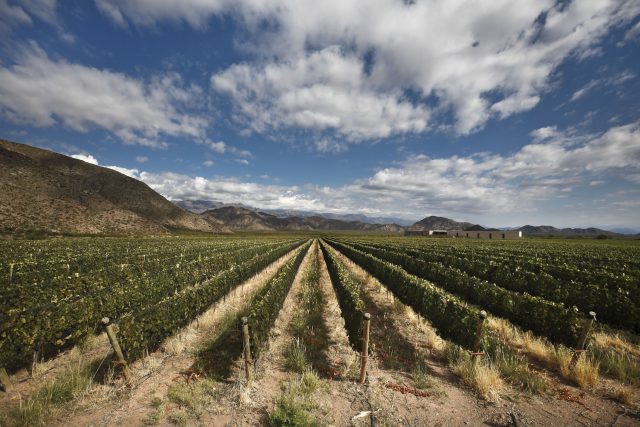
In the north you will find extreme vine age working alongside extreme altitude.
“I have tasted some incredible wines made from very old vines up in the north of Argentina, such as Torrontés and Criolla,” recalls Stenwreth, which stand apart from the densely fruity and extracted wine styles typically seen at the higher end.
Bodega el Esteco, in Cafayate, was one of the first to separate old parcels of Torrontés and Criolla, followed by Malbec and Cabernet Sauvignon, using concrete eggs to allow the fruit to express quality levels “not previously encountered,” she adds.
El Esteco’s Old Vines range is wines made from vines planted between 1945 and 1958; Torrontés 1945, Criolla 1958, Malbec 1946 and Cabernet Sauvignon 1947.
Colomé, in the Calchaquí Valley, has a vineyard originally planted in 1831, used to produce its Colomé 1831 Malbec. A Cabernet Sauvignon is also planned.
Agustín Lanús Wines, in Cafayate, produces a range of old vine wines, including Sunal Ilogico Criolla Chica, made from vines planted in 1906.
“For me old vines symbolise balance; the tannins are much more round and complex and the complexity and aroma compounds are more intense,” says Lanús. “The vine is intelligent enough once mature to balance the yield, so they give lower yields than young vines, but greater concentration and complexity.”
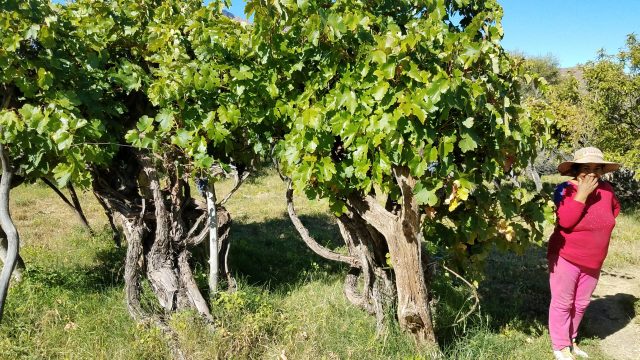
Patagonia
Further south Patagonia is home to several vineyards that are over 100 years old, with old vine Semillon, Trousseau, Pinot Noir and Malbec. Here, Rio Negro is the epicentre of old vine production.
Matías Riccitelli began a project here in 2015, resulting in an Old Vine Semillon, Merlot and Malbec from vines planted in Rio Negro in the late 1960s. His Old Vines of Patagonia range was recently expanded to include a Bastardo and Torrontés following the discovery of another vineyard dating back to the middle of the 20th century.
Another pioneer of the region is winemaker Hans Vinding-Diers, who stumbled upon a “once in a lifetime” pre-phylloxera vineyard planted in 1932 in 1998. That resulted in the founding of Bodega Noemia, in the Neuquen province of the Rio Negro Valley, and its flagship Noemia Malbec.
Nearby, Bodegas Chacra produces a Pinot Noir made from vineyards planted between 1932 and 1955, while neighbouring Humberto Canale makes Old Vine wines from Malbec, Pinot Noir, Riesling and Semillon planted between 1937 and 1969.
Old vines ‘essential’ to the future of wine in Argentina
Adrianna Catena sums up the importance of Argentina’s old vines nicely, having won a prize for her essay about her family’s Angelica vineyard for Jancis Robinsons’ 2021 wine writing competition.
“Argentina may not be the first place that comes to mind when one thinks of old vines, but I hope this award will shed light on this treasure of ours, on the extent and value of our old vineyards, especially in relation to genetic diversity,” she says.
“In their resilience and ability to adapt, old vines show us the way forward. The study and preservation of this patrimony is essential to the future of wine in Argentina.”
Their survival is a tale of adaptation and perseverance. Old vines are invaluable to the pursuit of quality and an irreplaceable part of Argentina’s winemaking heritage.
Related news
Readying Robert Mondavi Winery for a new generation

